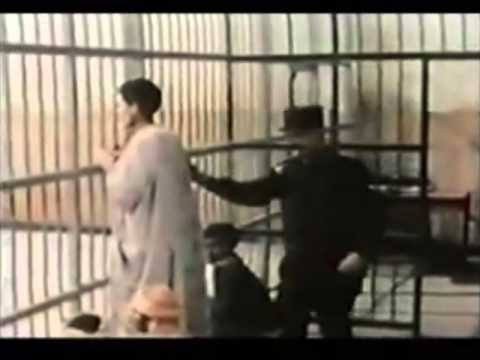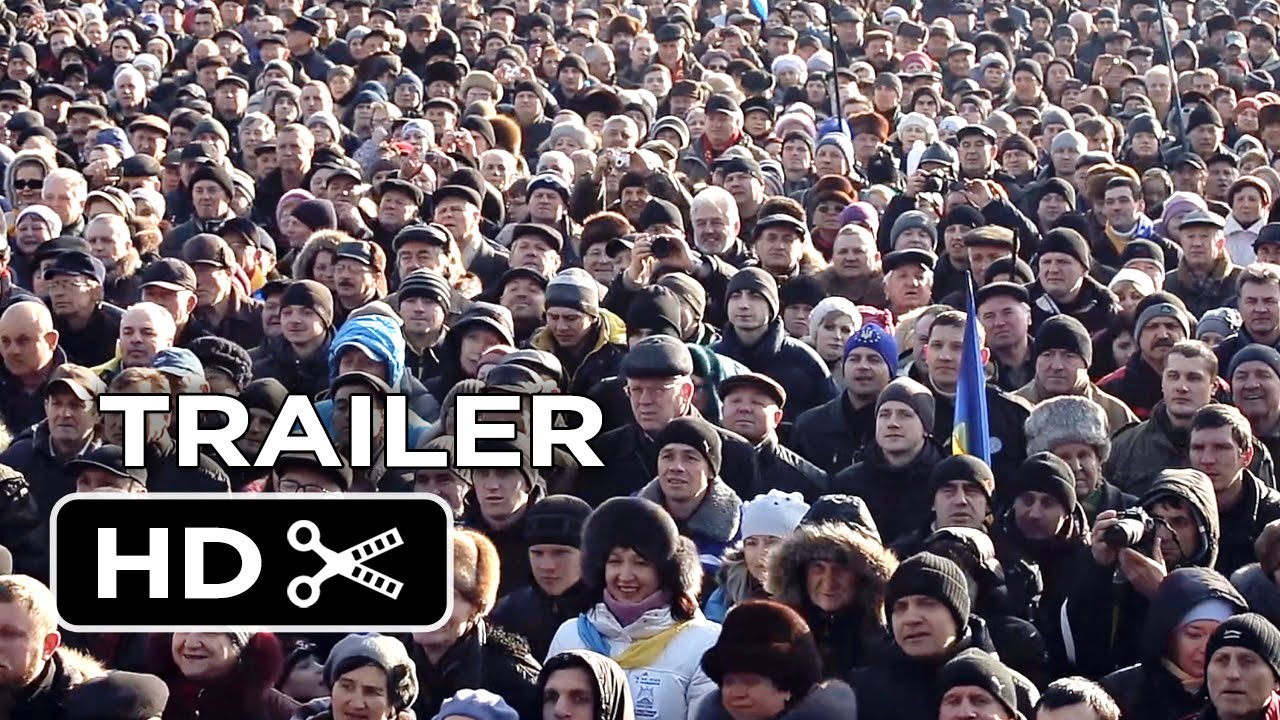A theory. Go with me here.
Step out of yourself. Just for one day.
There was always something that fascinated and bugged me about Bowie’s ‘The Bewlay Brothers’. It’s the oddest thing on Hunky Dory by a mile, and that’s saying something. Chris O’Leary and Nicholas Pegg have both written beautifully about it, and covered it
For me, the initial fascination was in the way it feels like it’s being sucked into a dark dream-world as the sing fades. Those voices – varispeeded, wheedling, tempting, mischievous voices – like gnomes, yes, but more sinister. These are voices that could lead you astray. You shouldn’t listen to them. But they don’t stop. “Please come away… just for the day…”
Bowie talked in 1976 about how the drag cover for The Man Who Sold The World was inspired by Bowie’s exposure to the Pre-Raphaelite painter Dante Gabriel Rossetti – specifically, his sensuously painted women – languorous, cloistered and sultry. And even more specifically the image below.
Rossetti’s women were – still are – considered every shy male Eng. Lit. undergraduate’s first pinups. And for the first half of the 20th century at least, he was the famous Rossetti. The centre of the Pre-Raphaelite brotherhood arts collective, the family superstar.
But by the liberated ‘60s, along with their rehabilitation of William Blake as anti-establishment visionary poet, Britain’s campuses and youth were rediscovering (and reframing as a highly Romantic, almost counterculture figure) another famous Rossetti sibling.
Christina used to accompany Dante Gabriel on his early poetic endeavours. She superseded him as a poet, burned brightly, then burned out. For a while, she was as famous as him. And she was chiefly famous for one poem – ‘Goblin Market’.
This was the poem that Dante Gabriel Rossetti championed, sent to the likes of John Ruskin (drawing a famously curt retort) and even drew for publication time and again – the most famous being a pair of women (that Rossetti trademark: long, flowing hair, parted lips, closed eyes) in long dresses, languorously reclining on what could be a sofa or a bed.
Dante Gabriel and Christina Rossetti were inseparable as children. They were both given to art, and to uncontrolled fits of passion. On one occasion, Christina, scolded by her mother, snatched up a pair of scissors and gouged her own arm. They were, said their father, “the two storms” in the family, in contrast to “the two calms” of William and Maria, their other siblings. They wrote sonnets together, in ‘bouts rimés’ – races to compose lines to fit a pre-arranged ending, cutting and swapping lines to get to a finished result first.
Christina was the faster of the two siblings to achieve a measure of fame, becoming nationally published at 17. But it was not to last. She suffered some form of nervous breakdown and collapse as a young woman – the causes are still debated, ranging from unwillingness to be roped into becoming a carer for their father or to take up a career governess, to heart malaise, psychosomatic illness, or a flowering of the tempestuous passions (with the self-harming and violent fits, we’d recognise it today as mental illness) she’d always had. For the rest of her life, she was haunted by visions of ‘clammy fins’ reaching out to grab her.
Thereafter, she became a famous poet – Dante Gabriel paid tribute to her, calling her the second-most famous female poet of the era after Elizabeth Barrett Browning, and in many ways, Browning’s superior.
Her demons would, in time, finally force her hand. She would embrace religiosity and restraint as a doctrine, becoming a shell of the woman the family had known in earlier life. She refused to read her poems; indeed, she would refuse Dante Gabriel permission to read them to his friends. At the height of her fame, Christina Rossetti would disappear, to be replaced by a simulacrum.
But before she did, she would write the poems that were to re-emerge with the birth of feminism in the 1960s to national prominence in England. They would become part of college and university reading lists, and the comprehensive school syllabus from the 1960s onwards. Her most famous are scored into the minds of generations of bookish students, performers, readers and bohemians.
The poem that was set to a hymn as ‘In the bleak midwinter’.
“And if you will, remember. And if you will, forget.”
And her most famous. The one about a pair of siblings who spent too much time among traders and dwarf men, as Bowie later put it. ‘Goblin Market’.
The story. (Maybe you know it.)
Two siblings. One is in full control and sane; one, driven to madness. One sings all day long, for the sheer joy of it. One just loses his/her mind.
The story is one we’re hearing after the fact. Is it a cautionary tale, or a dream, or some sort of enchanted, fond recollection? All three?
The rhyme and metre are familiar too, more in some places than others.
Tender Lizzie could not bear
To watch her sister’s cantankerous care
Yet not to share.
[…]
One content, one sick in part;
One warbling for the mere bright day’s delight,
One longing for the night.
This is the story of ‘The Bewlay Brothers’ too. These siblings (Lizzie and Laura – David and Terry) have been opening doors together. Literal doors – going outside, to where strange, unsafe things happen. But also strange doors – doors that they’d never close again. Sexuality. Experience. A strange, hallucinatory demi-monde that normal townsfolk never see.
They’ve been hanging out among the goblins, at the Goblin Market in the haunted dusk. The goblins, whose wares look so tempting. The goblin men, chanting “Come buy, come buy” their fruits from a strange and enchanted market. The “brisk fruit-merchant men” – in Bowie’s song, “traders” and “dwarf men” – are selling more than fruit. This, for the siblings, is sexual awakening, transgression, danger. Addiction. Maybe death.
And while one resists, one stays too long.
She suck’d and suck’d and suck’d the more
Fruits which that unknown orchard bore;
She suck’d until her lips were sore…
And Lizzie, the sane sister who’s been able to resist going all the way with these goblin traders, who resists the fruits, sees her sister getting in deeper. Laura becomes a zombie, always listening for the goblins’ song outside the kitchen window, never able to catch it. But Lizzie’s still together enough to connects with the music. While Laura sickens and nears death, Lizzie the hears the traders call from outside the window, their wheedling, goblin-voiced entreaties, “full of airs and graces” – for her to slip away, and go with them.
She night and morning
Caught the goblins’ cry:
“Come buy our orchard fruits,
Come buy, come buy;” –
(Tantalisingly, there are other echoes – “Come buy my toys”, and of course the other sister in Goblin Market who’d gone before. As we join the siblings, there is a precursor they talk about who has already plunged headlong into the goblin demi-monde and fallen victim to their curse, and was dead and buried as a result. Her name: Jeanie.]
Lizzie, the sane sibling, goes off to save Laura – to score a fix for her from the goblin traders. The goblins try and tempt her, but she resists going all the way and sucking their fruits, and comes back to her sickening sister.
“Hug me, kiss me, suck my juices…
[…]
Eat me, drink me, love me… for your sake I have… had to do with goblin men.”
[…]
“Is it death, or is it life?”
[…]
Eventually, the sibling’s suffering brings Laura back from brink of death and the land of the faerie folk.
[…]
“Life out of death.”
But the kicker: It’s a reminiscence. We’re hearing about this as recollection from one of them.
“Afterwards, when both were wives,
With children of their own;
Their mother-hearts beset with fears.
Their lives bound up in tender lives;
Laura would call the little ones
And tell them of her early prime,
Those pleasant days long gone
Of not-returning time:
Would talk about the haunted glen,
The wicked, quaint fruit-merchantmen,
Their fruits like honey to the throat
But poison in the blood;
[…]
Would tell them how her sister stood
In deadly peril to do her good,
And win the fiery antidote;
Then joining hands in little hands
Would bid them cling together,
‘For there is no friend like a sister
In calm or stormy weather;
To cheer one on the tedious way;
To fetch one if one goes astray.
To lift one if one totters down,
To strengthen whilst one stands.”
The poem’s public fate was a strange one. In Victorian England, it became the spark for a backlash against treating prostitutes as irredeemable. (They can be saved by the intervention of their sisters). In private, it seemed something more to do with the poet’s state of mind. By Bowie’s time, ‘60s Romanticism and the first wave of feminist politics had redeemed it for both. It was part ‘Kubla Khan’/The Doors of Perception; part ‘The Secret Garden’, part Burroughs’ Junkie. A way of seeming to talk about vice, redemption, transgression and worldly sin… but addressing other worlds, other little demons, entirely.
I’m not going to go full Peter or Leni Gillman here, and I’m not going to propose that ‘The Bewlay Brothers’ is a dramatization of Rossetti’s poem – but I’d argue that it is an interesting probable analogue and inspiration.
I wonder too about Bowie’s nagging return, not just to themes of the lost/mad/transgressive Doppelgängers, twins, brothers – from the lost Bewlay sibling to Aladdin Sane and ‘Jump They Say’ to the cast on ‘1. Outside’, ‘Bleed Like A Craze, Dad’, and the cover of ‘Hours…’, but to all those goblins and faerie folk he can’t seem to resist alternately confronting, befriending, becoming, conjuring up and running like hell from.
They’re there in or just behind ‘The Bewlay Brothers’ and Labyrinth, ‘The Laughing Gnome’, ‘Little Wonder’, Scary Monsters and Super Creeps (little green wheels following him, voices pursuing him “Barking, mewing, hissing, mocking”) opening those doors… and of course the return of that varispeeded goblin voice from ‘The Bewlay Brothers’’ coda for a song about a friend who got locked away and mentally reprogrammed (‘Scream Like a Baby’). And, eventually, the ‘Blackstar’ video (“Their looks were evil/Lashing their tails”).
Last little post-script. In Christina Rossetti’s collected poems, there are some (probably coincidental) echoes of other Bowie sing titles. ‘On the Wing’ is a tortured semi-devotional. ‘No Thank You, John’ offers up “Meg or Moll” instead of Annie or Joe as potential alternative partners for a would-be suitor John, who’s coming on too strong or possessive. ‘Up-Hill’ is even more interesting: a call-and-response hymn about getting there (to Heaven?) together, whose verses you can sing along to the group-vocal on ‘Up The Hill Backwards’ and they fit perfectly. Try it, and ‘UTHB’ reveals a ‘Kumbaya’ element that might just been there all along. Let’s all sing it in a circle. Part of the recovery programme. Here’s to losing those goblins, even if it means dulling our visionary passions, closing those doors. Never done good things, never done bad things. (It’s the secret story of Scary Monsters… . I’m OK, you’re so-so.)
Anyway, that’s a heck of a digression.
















